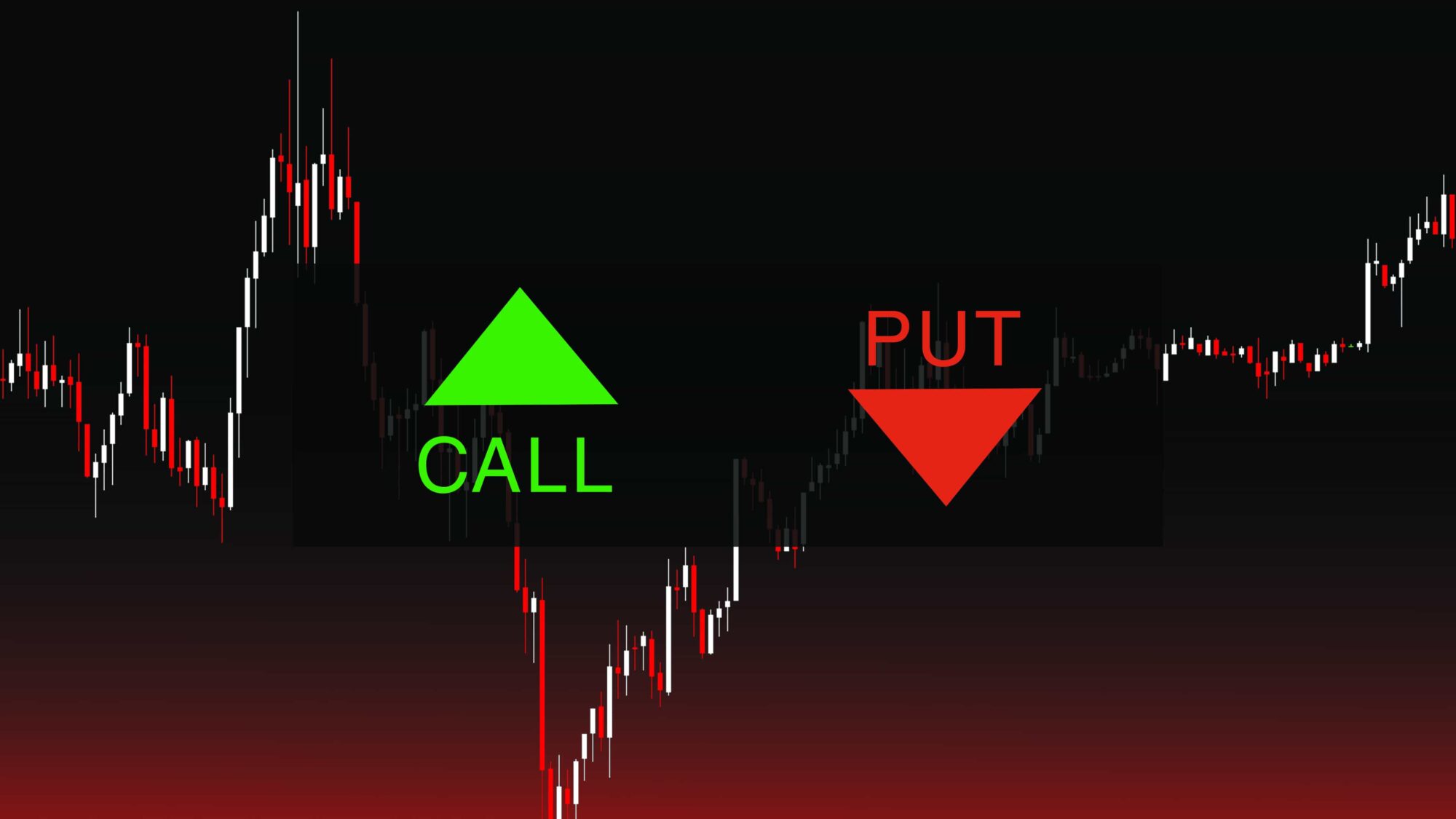Have you ever dreamt of multiplying your investments with a single, strategic move? Or perhaps you’ve heard whispers of individuals making fortunes through the world of derivatives, but felt intimidated by the complexity? The truth is, the realm of options trading holds immense potential for savvy investors seeking to amplify their returns. But understanding its intricacies is key.

Image: www.aislac.org
This article delves into the fascinating world of online options trading, demystifying its concepts and empowering you with the knowledge to navigate this potentially lucrative avenue. We’ll dissect the fundamentals, explore real-world applications, and offer practical strategies to help you confidently approach this dynamic marketplace.
Understanding the Basics: What are Options, and Why Are They So Appealing?
Options are financial instruments that give their holder the right, but not the obligation, to buy or sell an underlying asset at a predetermined price (strike price) on or before a specific date (expiration date). Imagine them as a “superpower” for tailoring your investment strategy.
There are two main types of options:
1. Call Options: These grant you the right to buy the underlying asset (like a stock or commodity) at the strike price. Call options are beneficial when you anticipate the price of the asset will rise.
2. Put Options: These give you the right to sell the underlying asset at the strike price. Put options are valuable when you foresee a decline in the asset’s price.
The Allure of Options:
What makes options so enticing is their inherent leverage. A relatively small investment in an options contract can result in significant profits or losses. This amplified potential is what lures investors, but it also underscores the importance of risk management.
Exploring the Landscape: Options Trading in the Digital Age
Gone are the days of frantic phone calls to brokers. The online revolution has transformed options trading, making it more accessible than ever. Numerous online brokerage platforms and trading apps offer sleek interfaces, real-time market data, and advanced analytical tools, catering to traders of all experience levels.
Democratizing Options:
The advent of online options trading has opened the door to a diverse range of individuals who may not have had access to traditional brokerage services. From seasoned investors seeking to refine their portfolios to beginners eager to delve into the world of derivatives, the platform caters to a wide spectrum of financial aspirations.
The Evolving Ecosystem:
Beyond the basic functionalities of buying and selling, online options trading platforms offer a plethora of advanced features, such as:
-
Advanced Order Types: Beyond standard market and limit orders, platforms provide options for stop-loss, trailing stop, and conditional orders, allowing you to navigate market volatility with greater precision.
-
Real-Time Market Data: Access to constantly updated data streams, including tickers, charts, and news feeds, keeps you informed about market trends and allows you to make informed decisions.
-
Educational Resources: Many platforms offer comprehensive tutorials, articles, and webinars to educate users about the intricacies of options trading, fostering a knowledgeable and confident investing community.
Fundamental Concepts: Mastering the Language of Options Trading
Before diving into the intricacies of strategies and applications, let’s equip you with the fundamental vocabulary of options trading:
-
Premium: This is the price you pay to purchase an options contract.
-
Strike Price: The price at which you have the right to buy or sell the underlying asset.
-
Expiration Date: The date on which the option contract expires.
-
In-the-Money (ITM): An option is ITM if the current price of the underlying asset is above the strike price (for call options) or below the strike price (for put options).
-
Out-of-the-Money (OTM): An option is OTM if the current price of the underlying asset is below the strike price (for call options) or above the strike price (for put options).
-
At-the-Money (ATM): An option is ATM if the current price of the underlying asset is equal to the strike price.
Understanding the “Time Value” of an Option:
One of the most crucial concepts to grasp is the time value of an option. This refers to the portion of the premium that reflects the time remaining until expiration. The time value gradually decays as the expiration date approaches.

Image: www.asktraders.com
Unveiling Strategies: Navigating the Options Playbook
Options trading offers a multitude of strategies, each targeting specific market scenarios. Here are a few popular approaches:
-
Covered Call Writing: Selling a call option against a stock you already own, generating premium income while limiting potential upside gains.
-
Cash-Secured Put Writing: Selling a put option while holding cash sufficient to buy the underlying stock if the option is exercised. This strategy generates premium income but exposes you to potential loss if the stock price drastically decreases.
-
Bullish Call Spread: Buying a call option with a lower strike price and selling a call option with a higher strike price, both with the same expiration date. This limits potential losses but also reduces potential profits.
-
Bearish Put Spread: Buying a put option with a higher strike price and selling a put option with a lower strike price, both with the same expiration date. This strategy profits if the underlying asset’s price falls but also limits potential profits.
Expert Insights: Harnessing the Wisdom of Experienced Options Traders
Embrace a Disciplined Approach:
“Options trading is not about making quick bucks. It’s about developing a sound strategy, managing risk, and patiently executing your plan,” advises veteran options trader, Michael Roberts.
Focus on the Fundamentals:
“Begin by understanding the mechanics of options contracts, then gradually delve into different strategies,” suggests seasoned options strategist, Sarah Jones. “Don’t rush into complex trades without a thorough grasp of the basics.”
Leverage Educational Resources:
“The online world offers a wealth of educational resources, including webinars, articles, and interactive platforms,” emphasizes Mark Williams, an options trading instructor. “Take advantage of these to refine your skills and stay informed about the ever-evolving market dynamics.”
Options Trading Online
Your Options Trading Journey: A Call to Action
The world of online options trading presents both opportunities and challenges. By understanding its fundamentals, embracing disciplined strategies, and learning from the wisdom of experts, you can embark on a journey of informed investment, unlocking the potential for significant returns.
Are you ready to take the next step? Explore the wealth of online resources, experiment with paper trading to hone your skills, and consult with a financial advisor to craft a strategy that aligns with your risk tolerance and financial goals. The world of options awaits, and the power of informed decision-making is yours to wield.






